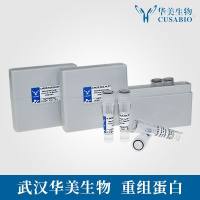Influence of Radiation Protocols on Graft-vs-Host Disease Incidence After Bone-Marrow Transplantation in Experimental Models
互联网
互联网
相关产品推荐

聚苯乙烯-BLOCK-聚(乙烯-RAN-丁烯)-BLOCK-苯乙烯-GRAFT-马来酸干;124578-11-6;熔融指数~21克/10分钟(230摄氏度/5.0千克);V36078-50g
¥499

BCL11B/BCL11B蛋白Recombinant Human B-cell lymphoma/leukemia 11B (BCL11B)重组蛋白B-cell CLL/lymphoma 11B (COUP-TF-interacting protein 2) (Radiation-induced tumor suppressor gene 1 protein) (hRit1) (BCL-11B) (CTIP2) (RIT1)蛋白
¥2328

Recombinant-Vibrio-splendidus-Probable-intracellular-septation-protein-A-VS1149Probable intracellular septation protein A
¥10612

Recombinant-Vaccinia-virus-Plaque-sizehost-range-proteinPSHRPlaque-size/host range protein Alternative name(s): Protein B5
¥11452

Recombinant-Human-Solute-carrier-family-25-member-33SLC25A33Solute carrier family 25 member 33 Alternative name(s): Bone marrow stromal cell mitochondrial carrier protein; BMSC-MCP; HuBMSC-MCP Protein PNC1
¥11634
相关问答

